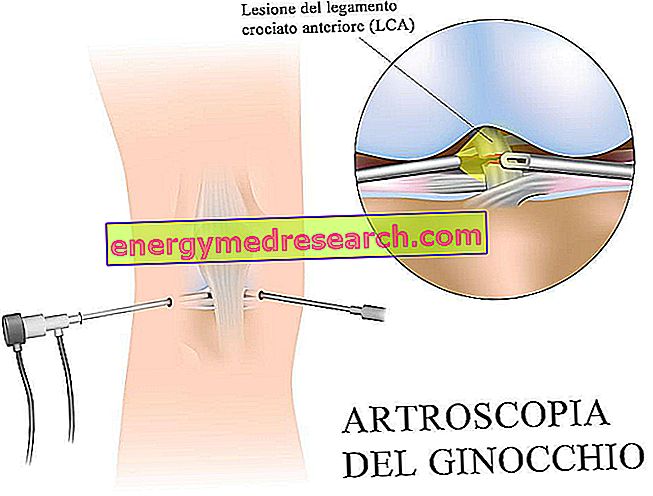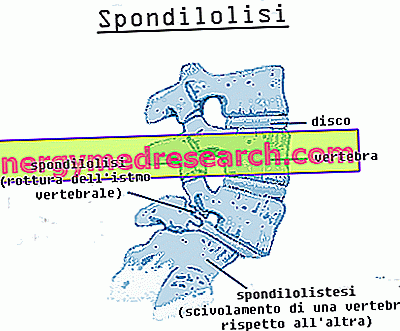
The reconstruction of the anterior cruciate ligament of the knee is a surgical operation lasting about an hour, which is performed in arthroscopy and involves the replacement of the injured ligament with an adjusted analogous structure.
The new ligament to be grafted can have different origins: in fact, it can be a portion of the patellar tendon of the same operated patient (NB: tendons and ligaments have a very similar composition); it can come from a deceased donor (in this case it is a true anterior cruciate ligament); finally it can be a synthetic ligament.
In most cases, surgeons prefer the grafting of a portion of the patellar tendon (it is also referred to as an autologous transplant), as this is more vital, safer and more resistant than a deceased donor ligament and a synthetic ligament.
From an operational point of view, the surgeon proceeds as follows: first, remove the old ligament and practice two holes, one on the femur and one on the tibia; then place the new ligament in such a way that the two ends cover the two holes; finally, definitively fix the new ligament using, in correspondence of the small holes, small screws or metal switches.


